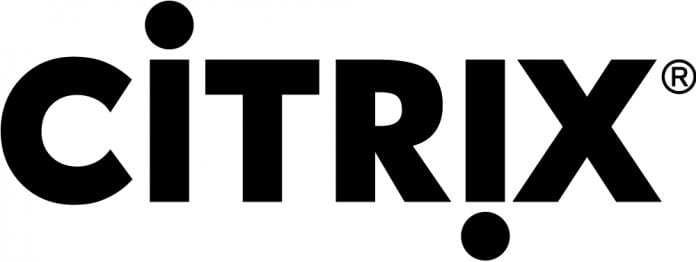The AppConfig community, a group of companies which strives to promote and encourage mobile application management standards, is going to take a few steps in trying to establish the technological standards.
The community is aiming to integrate BlackBerry and Citrix into AppConfig, according to people close to the matter and with direct knowledge of the owner’s plans. VMware AirWatch, MobileIron, IBM, and JAMF Software were the original founders of the organization back in February.
The new additions is a boost for the AppConfig community since it will now encompass all of the leading vendors in Gartner’s Magic Quadrant for enterprise mobility management (EMM). It will also comprise of five of the top six vendors by market share as revealed by the IDC’s most recent numbers. The Mobile application management is also a part of the EMM which helps in allowing IT to secure and be able to apply a policy to individual apps. In the process it helps them to control the same flow of data to the individual apps.
The integration will be well received since at the moment developers have had to create their own versions of their apps for each of the MAM products they have had to design. This requires a lot of work, therefore, no MAM platform is as of yet known that can help manage each and every app that organizations use.
This is where AppConfig comes in. Its main aim is to promote the use of the MAM features, some of which are already built into the operating systems, starting with the Apple iOS. Through the AppConfig’s vision, all apps can now be managed the same way, which helps reduce the fragmentation which is frustrating the IT industry at the moment.
Citrix has in the past attempted to solve this problem using other methods. At last year’s Synergy conference the company launched the Dynamic Containerization technology made it possible to manage apps publicly without the need for developer modifications. The technology was banned in December last year, however.
Standardization does however has its own disadvantages. For one, it limits the MAM to all the native possibilities in an operating system. For vendors, it means they have to find new ways to identify themselves in the EMM market.









